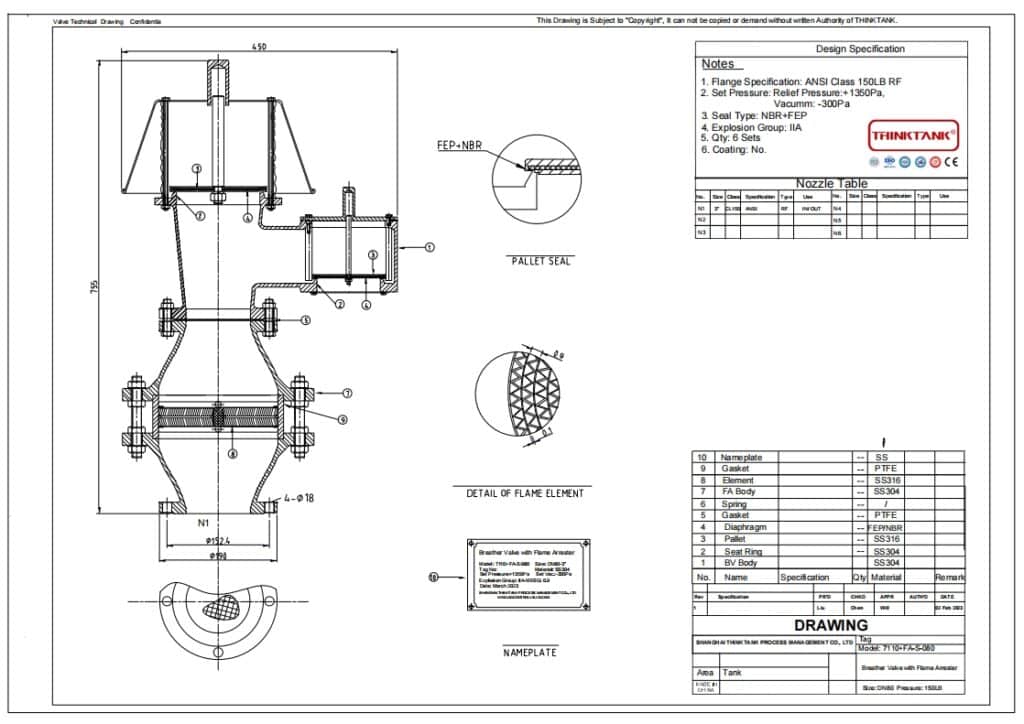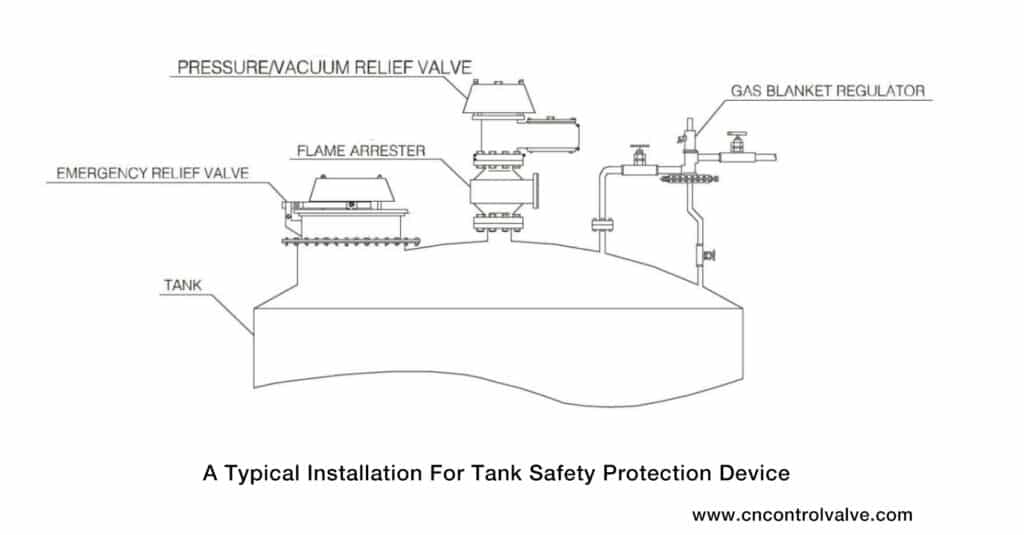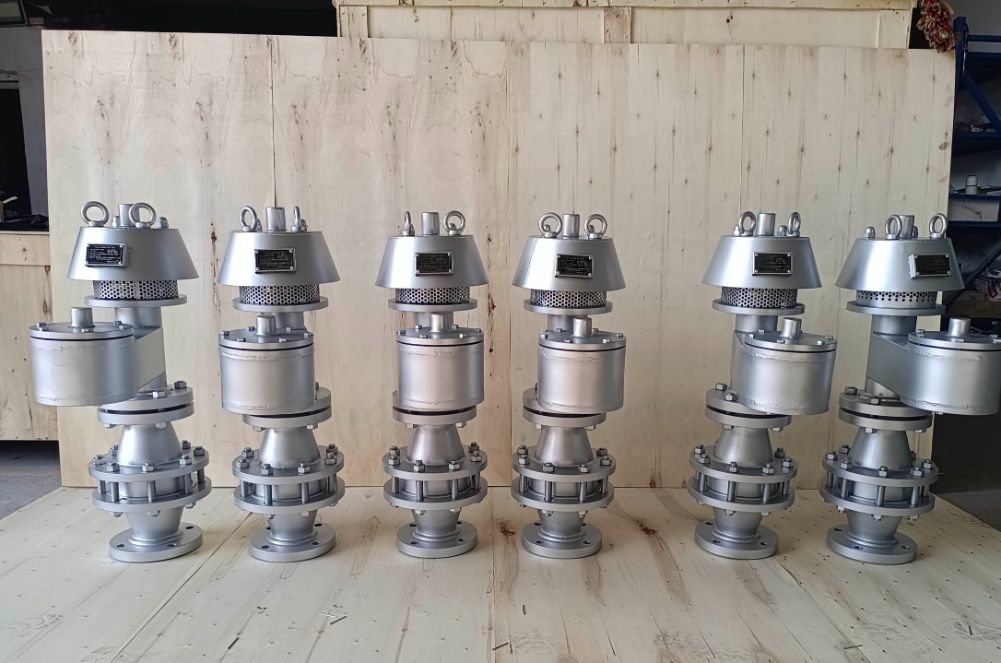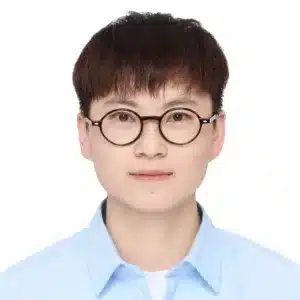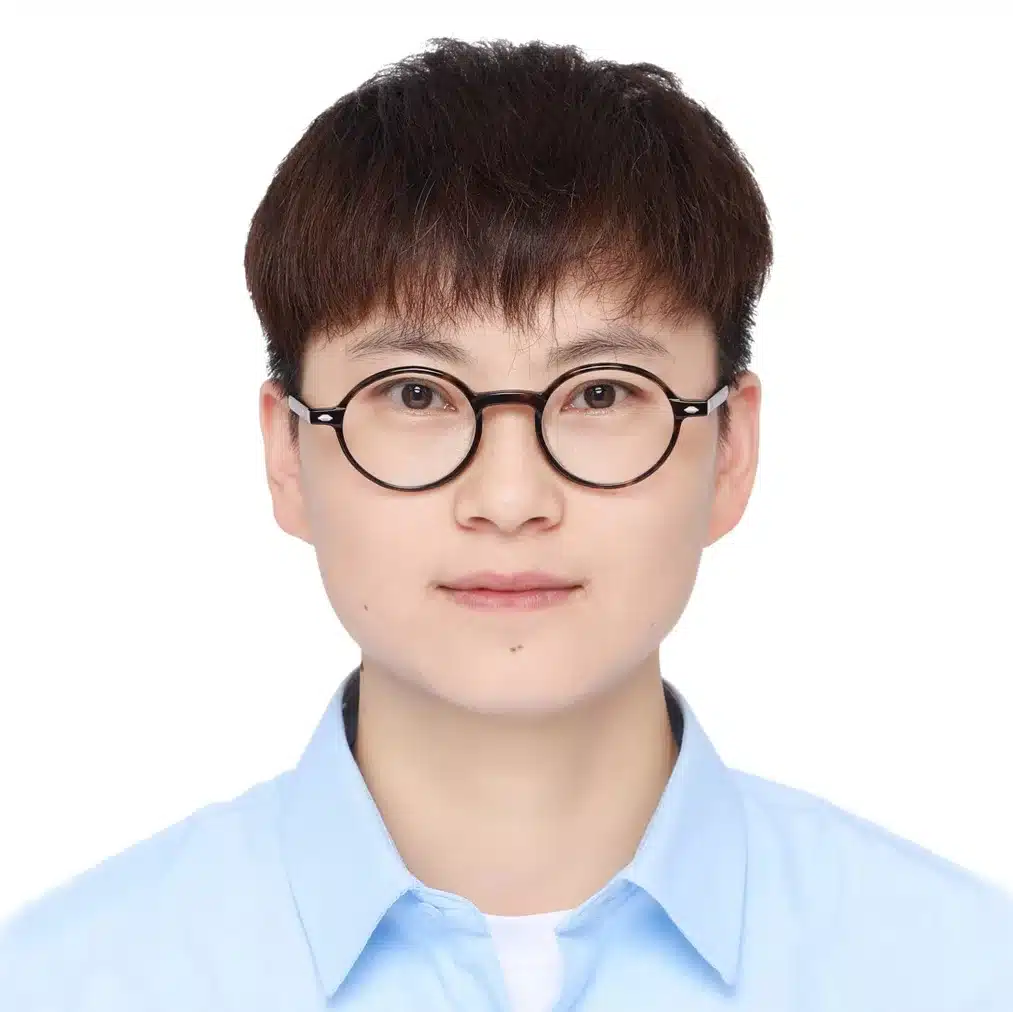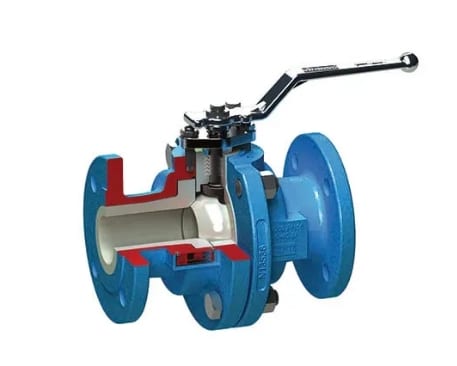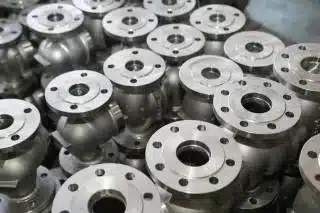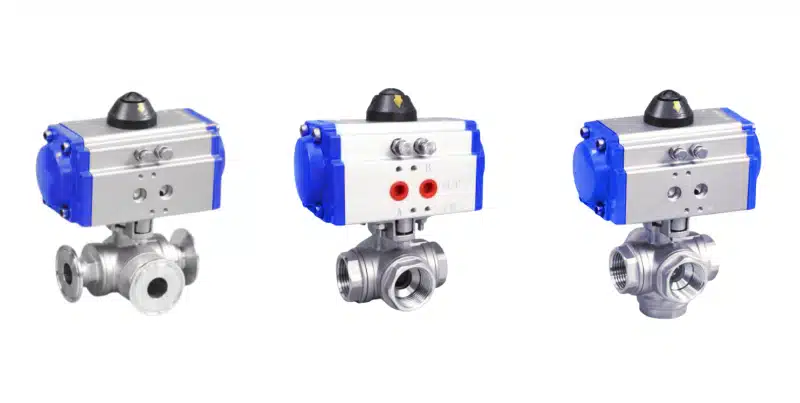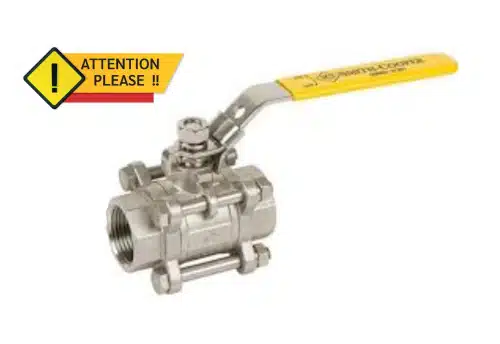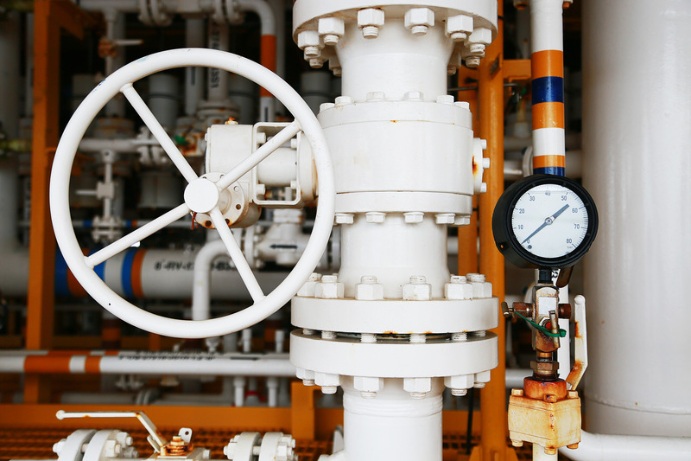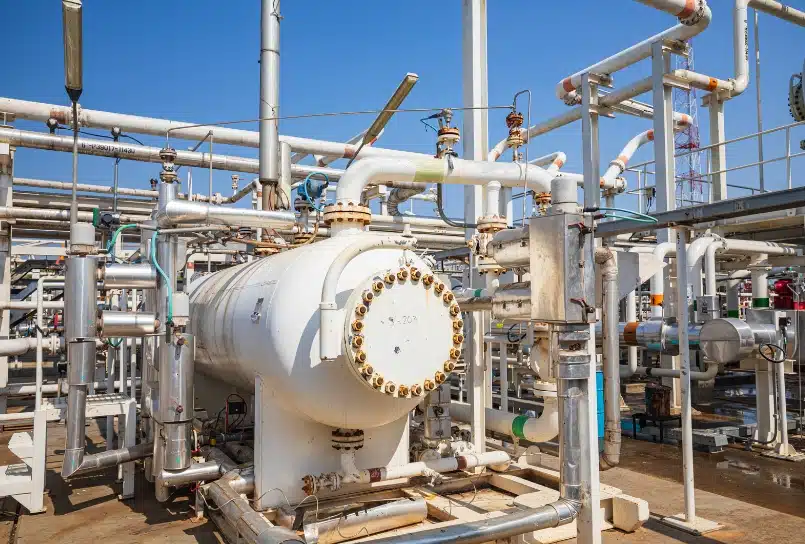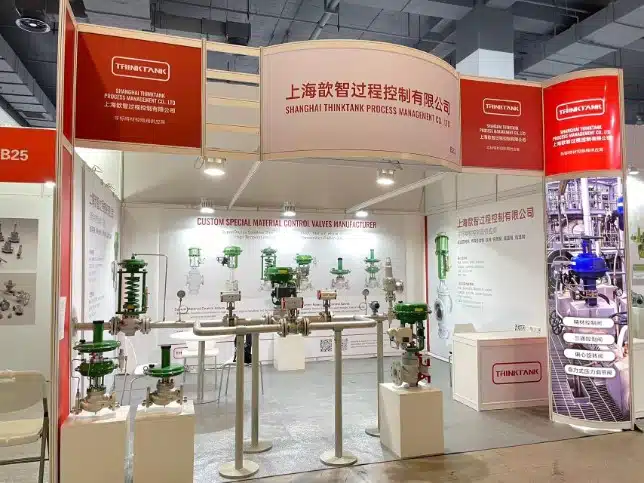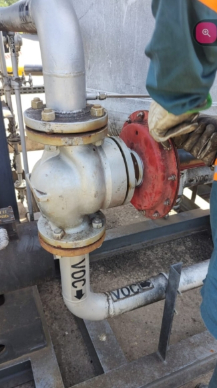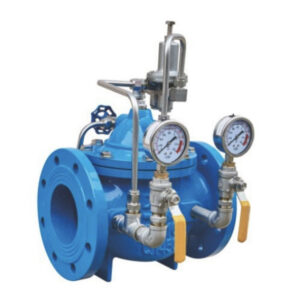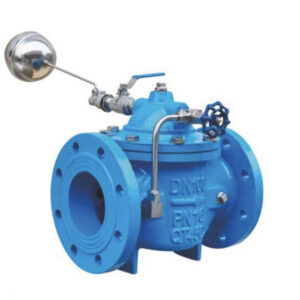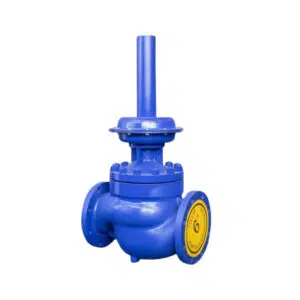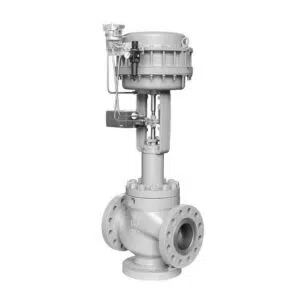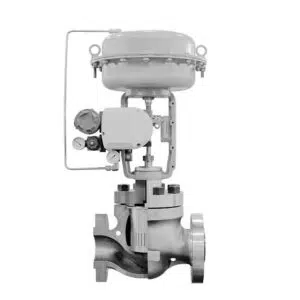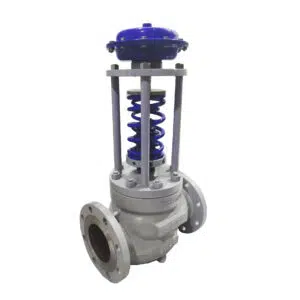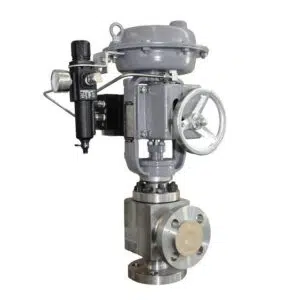Understanding the intricacies of tank systems? One component that plays a pivotal role in maintaining tank safety and operational efficiency is the tank breather pressure valve. Delve into its world and discover its importance, types, and best practices.
What are Tank Breather Valves?
A tank breather valve, often referred to as a vent valve, ensures that the pressure within storage tanks remains within safe limits. By allowing low pressure storage tanks to ‘breathe,’ these valves prevent potential hazards due to overpressure or vacuum conditions.
Why are They Essential?
Safety: Breather valves prevent catastrophic failures by releasing or letting in air to regulate pressure.
Product Quality: They minimize contamination from external sources by ensuring controlled airflow.
Operational Efficiency: Proper pressure management extends the lifespan of your tank and reduces maintenance costs.
Types of Tank Breather Valves
Pressure-only breather valves
- Functionality: These are designed specifically to release excess pressure from within a tank. This pressure buildup can result from various factors such as temperature changes, chemical reactions, or overfilling.
- Usage: They’re commonly used in tanks storing non-volatile liquids where the primary concern is overpressure rather than vacuum formation.
- Key Features: Typically, these valves open at a preset pressure level and close when the pressure normalizes.
Vacuum-only breather valves
- Functionality: Conversely, these valves allow air to enter the tank when a vacuum is created. Vacuum conditions can arise due to rapid liquid discharge, temperature drops, or other external factors.
- Usage: Ideal for tanks where rapid emptying can cause a vacuum, posing risks like tank implosion or structural compromise.
- Key Features: These valves open when there’s a predefined vacuum level inside the tank and close after normalizing the pressure.
Weight-Loaded Breather Valves
- Functionality: These utilize weights to open and close the valve. When the internal pressure or vacuum exceeds a certain threshold, the force overcomes the weight, causing the valve to open.
- Usage: Often used in larger storage tanks where precise pressure and vacuum settings are required.
- Key Features: They offer high reliability due to their simple design and can be adjusted by altering the weights.
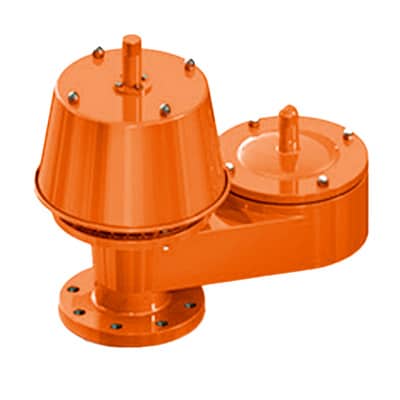
Pilot-Operated Breather Valves
- Functionality: These valves use a pilot system, where a smaller, auxiliary valve controls the operation of the main valve.
- Usage: Suitable for complex systems where greater control and sensitivity to pressure changes are needed.
- Key Features: They offer more precise control and rapid response times, but are more intricate in design and may require additional maintenance.
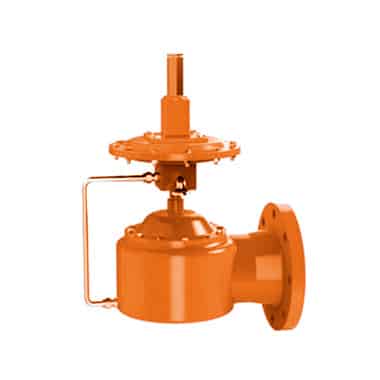
Pressure and vacuum breather valves
- Functionality: These dual-action valves can both release excess pressure and admit air to counteract vacuum conditions. They’re the most versatile of the three.
- Usage: Predominantly found in tanks storing volatile liquids where both overpressure and vacuum conditions are likely and need to be managed.
- Key Features: These valves have two settings – one for pressure and one for vacuum. They open and close depending on the internal conditions of the tank, ensuring it remains within safe operational parameters.
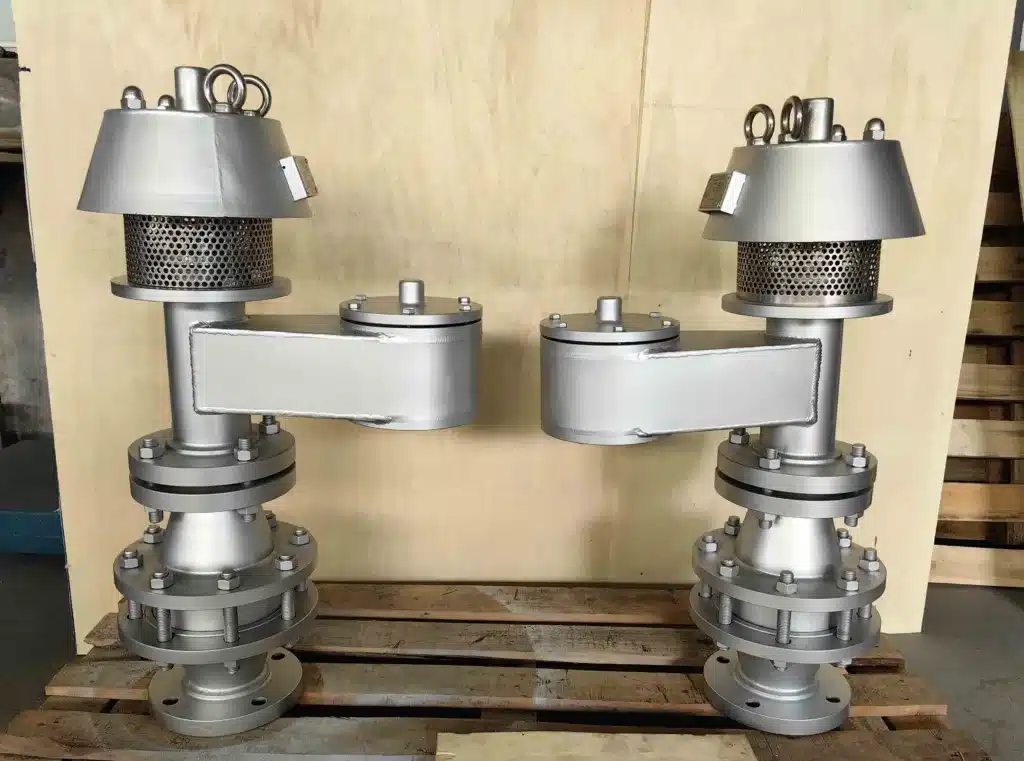
Selecting the Right Breather Valve
Selecting the right breather valve for your tank system is a crucial decision. Beyond just the type of valve, there are technical specifications and parameters to consider. Let’s dive into the nitty-gritty details:
1. Set Pressure and Vacuum Settings
Set Pressure: It’s the specific pressure point at which the valve starts to open to release excess pressure.
Set Vacuum: This refers to the predefined vacuum level at which the valve opens to let in air.
Ensure the chosen valve’s settings align with your tank’s maximum allowable working pressure (MAWP) and maximum allowable vacuum.
2. Flow Capacity
Depending on the tank size and the rate of in/outflow, the valve should have an adequate flow capacity. This is typically measured in Standard Cubic Feet per Hour (SCFH) or liters/minute. It defines how quickly the valve can release or admit air.
3. Material Compatibility
The valve should be made of materials compatible with the stored substance. This prevents:
- Corrosion: A reaction between the valve material and the stored product.
- Contamination: Leaching or off-gassing from the valve material into the stored product.
- Common materials include stainless steel, Hastelloy, and Teflon, among others.
4. Thermal Conditions
Consider the temperature range within which vacuum valve on the tank will operate. The valve’s materials and seals should be able to withstand and function efficiently within this range.
5. End Connections
Breather valves come with various end connections such as flanged, threaded, or welded. The choice depends on the tank design, desired seal quality, and maintenance needs.
6. Seal Type and Quality
The seal ensures that the valve remains closed under conditions where it’s not supposed to act. Check the leakage rate to understand the seal’s efficiency.
Consider materials like Nitrile, Viton, or PTFE, depending on chemical compatibility and temperature ranges.
7. Overpressure and Underpressure Tolerance
How much overpressure or underpressure can the valve tolerate before becoming damaged or dysfunctional? This factor ensures the valve remains operational even during unexpected scenarios.
8. Size and Weight
A valve’s physical dimensions and weight might influence its compatibility with the tank, its pressure and vacuum relief especially if space is limited or if there are structural concerns.
9. Maintenance Requirements
Some valves, especially those with intricate designs like pilot-operated valves, might require more frequent maintenance. Ensure you have the resources to maintain the valve as required.
10. Regulatory and Certification Requirements
Ensure the valve meets any industry-specific regulations or standards, such as API, ASME, or others. Certifications can assure quality and reliability.
11. External Environmental Conditions
Factors such atmospheric pressure such as humidity, salt air (in coastal areas), or dust can affect the valve’s performance. Ensure the valve you select is suitable for your region’s conditions.
Maintenance and Best Practices for Tank Breather Valves
Regular Inspection
Frequency: Breather valves should be inspected every 3-6 months or as per the manufacturer’s recommendation.
Visual Checks: Look for visible signs of wear, corrosion, damage, or blockages.
Operational Checks: Manually test the valve to ensure it opens and closes at the correct pressure and vacuum settings.
Cleaning
External Cleaning: Wipe down the valve’s exterior regularly to remove dust, debris, or any chemical deposits.
Internal Cleaning: Depending on the stored substance, internal residues can build up. Ensure internal components are cleaned using appropriate solvents or cleaning agents.
Seal Inspection and Replacement
Over time, seals can degrade due to temperature fluctuations, chemical interactions, or simply wear and tear.
Check the seal for cracks, brittleness, or deformations.
Replace seals as required, and always have spare seals on hand for quick replacements.
Calibration
Use calibration equipment to ensure the valve operates at the correct set pressure and vacuum levels.
Calibrate after any maintenance work or if there are operational anomalies.
Lubrication
Some valve components might require lubrication for smooth operation.
Use lubricants compatible with the stored substance to avoid contamination.
Check for Blockages
Ensure the valve’s airways remain clear. Blockages can prevent the valve from functioning correctly and pose significant safety risks.
Regularly remove any obstructions like debris, ice, or insect nests.
Record Keeping
Maintain a log of all maintenance activities, including inspections, replacements, and any anomalies observed.
This record can help in predicting future maintenance needs and identifying recurring issues.
Training
Ensure staff or personnel responsible for maintenance are adequately trained.
Regularly update training protocols to include any new maintenance practices or technologies.
Replacement
Even with diligent maintenance, breather valves have a lifespan. Know the expected lifespan as given by the manufacturer.
If a valve shows consistent issues or reaches its end-of-life, replace it entirely.
Environmental Considerations
If the tank is located in an area prone to dust, consider adding filters or protective covers.
For tanks in humid or coastal regions, check for corrosion more frequently.
Upgrades
Stay updated with the latest in breather valve technology. Upgrading to newer models or versions can offer better efficiency and safety.
Why Choose THINKTANK for Your Tank Breather Valves?
When it comes to the manufacturing of tank breather valves, reliability, quality, and cost-effectiveness are paramount. At THINKTANK, we take pride in offering all three.
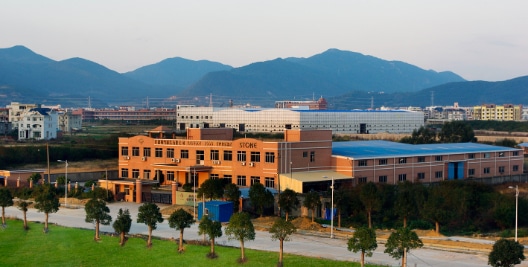
Reliability You Can Trust: With years of experience in the industry, THINKTANK has established itself as a trusted name. We understand the intricacies of tank systems and have developed breather valves that adhere to the highest standards of safety and efficiency.
Unwavering Quality: Our commitment to quality is unwavering. We utilize top-tier materials and advanced manufacturing processes to ensure every valve meets the stringent requirements of our customers. Every product that leaves our facility is a testament to our dedication to excellence.
Cost-Effective Solutions: While quality is our top priority, we also understand the importance of cost-effectiveness. At THINKTANK, we have streamlined our manufacturing processes, ensuring that our customers receive top-quality products at competitive prices.
OEM Services for Renowned Brands: Our reputation for excellence has led several leading brands to choose us for OEM services. We have consistently delivered high-quality tank breather valves, tailored to the specific requirements of various brands, fortifying their trust in our capabilities.
In essence, THINKTANK is more than just a manufacturer; we’re a partner you can rely on. If you’re seeking the best in tank breather valve technology, look no further. Join our growing list of satisfied customers and let us provide you with the quality and service you deserve.
Conclusion
Tank breather valves might seem like a small component, but their role in ensuring the safety and longevity of storage tank systems is paramount. With the right knowledge and maintenance practices, you can optimize your tank systems for years to come.
Interested in more insights about industrial tanks? Comment below or check out our related articles on [breahter valves with flame arrestors].
